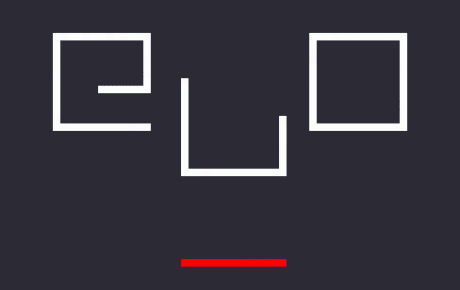"Under Language" is the latest in my series of textual instruments, a term I borrowed from John Cayley many years ago to describe things that might look like literature, but also like structures for play, though not necessarily what we would call games.In fact, this one lies pretty close to game space, having rules, a scoring system (albeit invisible), and even a simple agon in which you compete against the perversity of the puzzle-maker, and constraints of the clock.The phrase "under-language" was invented by the comics artist, Alan Moore, in an interview he gave in the early 1980s. He used it to describe the essence of comics art, which is neither verbal nor visual, but something that underlies and infuses both modes. The term gets at the essence behind Moore's great genius for irony and verbal-visual puns. It also provides a convenient reminder that everything, these days, tends to mean more than it seems.Steeped in double senses, and devoted to play, the "Under Language" offered here nonetheless attempts to express something serious about words: namely, that in the era that succeeds the old Age of Print, we need to notice how writing intersects code.In more subtle moods, one might think of this convergence in terms of negotiation, or seduction: as courtship, dance, or embrace.In no mood for subtlety, I enact it here as collision, or slapstick. Poetry, in motion, meets code, coming the other way at speed. You find yourself under language, so look out below.(Source: Author's description from project site)
Under Language
Source Database:
ELMCIP
Source Entry URL:
Source Entry OAI-PMH Identifier:
oai:elmcip.net:2706
Source Entry Language(s):
English
Description(s):







